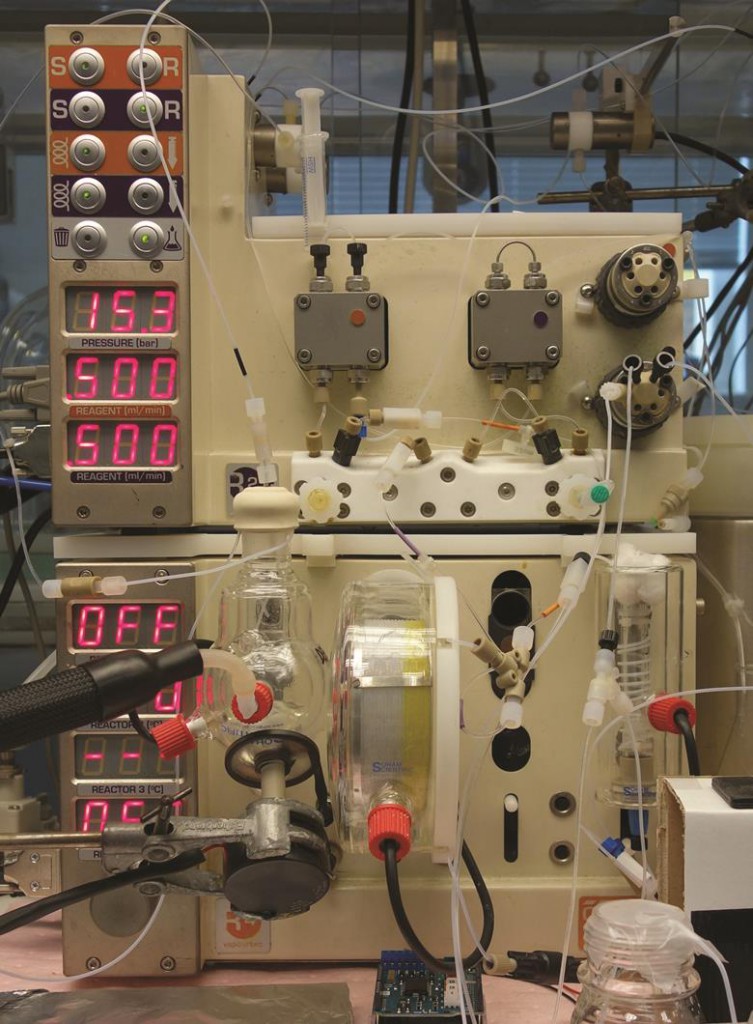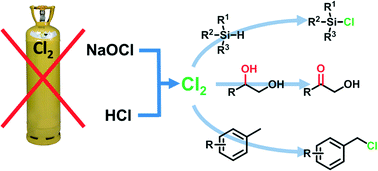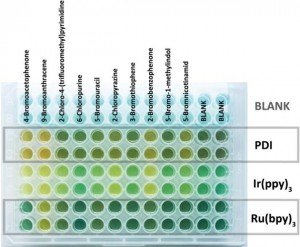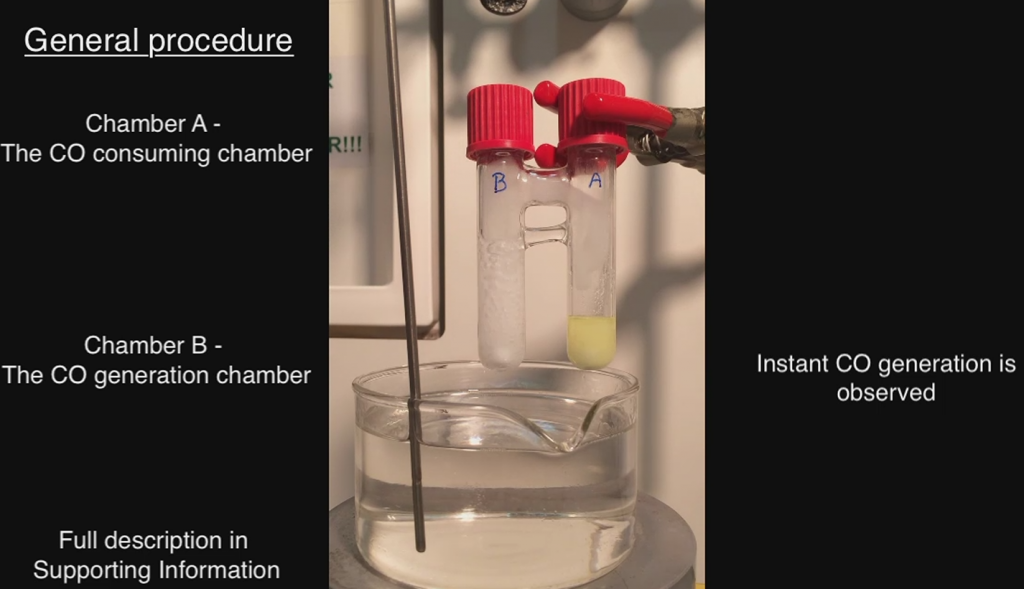This collection of articles highlights the hottest articles published in Reaction Chemistry & Engineering in 2018, as selected by the editors. Congratulations to all the authors whose outstanding articles are featured, and we hope you enjoy reading them.
Integrated plug flow synthesis and crystallisation of pyrazinamide
C. Daniel Scott, Ricardo Labes, Martin Depardieu, Claudio Battilocchio, Matthew G. Davidson, Steven V. Ley, Chick C. Wilson and Karen Robertson
React. Chem. Eng., 2018, 3, 631-634
DOI:10.1039/C8RE00087E
Batch–flow hybrid synthesis of the antipsychotic clozapine
N. C. Neyt and D. L. Riley
React. Chem. Eng., 2018, 3, 17-24
DOI:10.1039/C7RE00146K
A hierarchical approach to chemical reactor engineering: an application to micro packed bed reactors
Stefano Rebughini, Mauro Bracconi, Anthony G. Dixon and Matteo Maestri
React. Chem. Eng., 2018, 3, 25-33
DOI:10.1039/C7RE00195A
OpenFlowChem – a platform for quick, robust and flexible automation and self-optimisation of flow chemistry
Nikolay Cherkasov, Yang Bai, Antonio José Expósito and Evgeny V. Rebrov
React. Chem. Eng., 2018, 3, 769-780
DOI:10.1039/C8RE00046H
Metal-based heterogeneous electrocatalysts for reduction of carbon dioxide and nitrogen: mechanisms, recent advances and perspective
Jun-Hao Zhou and Ya-Wen Zhang
React. Chem. Eng., 2018, 3, 591-625
DOI:10.1039/C8RE00111A
Efficient kinetic experiments in continuous flow microreactors
Kosi C. Aroh and Klavs F. Jensen
React. Chem. Eng., 2018, 3, 94-101
DOI:10.1039/C7RE00163K
Laser irradiated vortex fluidic mediated synthesis of luminescent carbon nanodots under continuous flow
Xuan Luo, Ahmed Hussein Mohammed Al-Antaki, Kasturi Vimalanathan, Jillian Moffatt, Kun Zheng, Yichao Zou, Jin Zou, Xiaofei Duan, Robert N. Lamb, Shujun Wang, Qin Li, Wei Zhang and Colin L. Raston
React. Chem. Eng., 2018, 3, 164-170
DOI:10.1039/C7RE00197E
Optimum catalyst selection over continuous and discrete process variables with a single droplet microfluidic reaction platform
Lorenz M. Baumgartner, Connor W. Coley, Brandon J. Reizman, Kevin W. Gao and Klavs F. Jensen
React. Chem. Eng., 2018, 3, 301-311
DOI:10.1039/C8RE00032H
Optimization of the high-throughput synthesis of multiblock copolymer nanoparticles in aqueous media via polymerization-induced self-assembly
Amy A. Cockram, Robert D. Bradley, Sylvie A. Lynch, Patricia C. D. Fleming, Neal S. J. Williams, Martin W. Murray, Simon N. Emmett and Steven P. Armes
React. Chem. Eng., 2018, 3, 645-657
DOI:10.1039/C8RE00066B
Rapid, selective and stable HaloTag-LbADH immobilization directly from crude cell extract for the continuous biocatalytic production of chiral alcohols and epoxides
J. Döbber, M. Pohl, S. V. Ley and B. Musio
React. Chem. Eng., 2018, 3, 8-12
DOI:10.1039/C7RE00173H
















